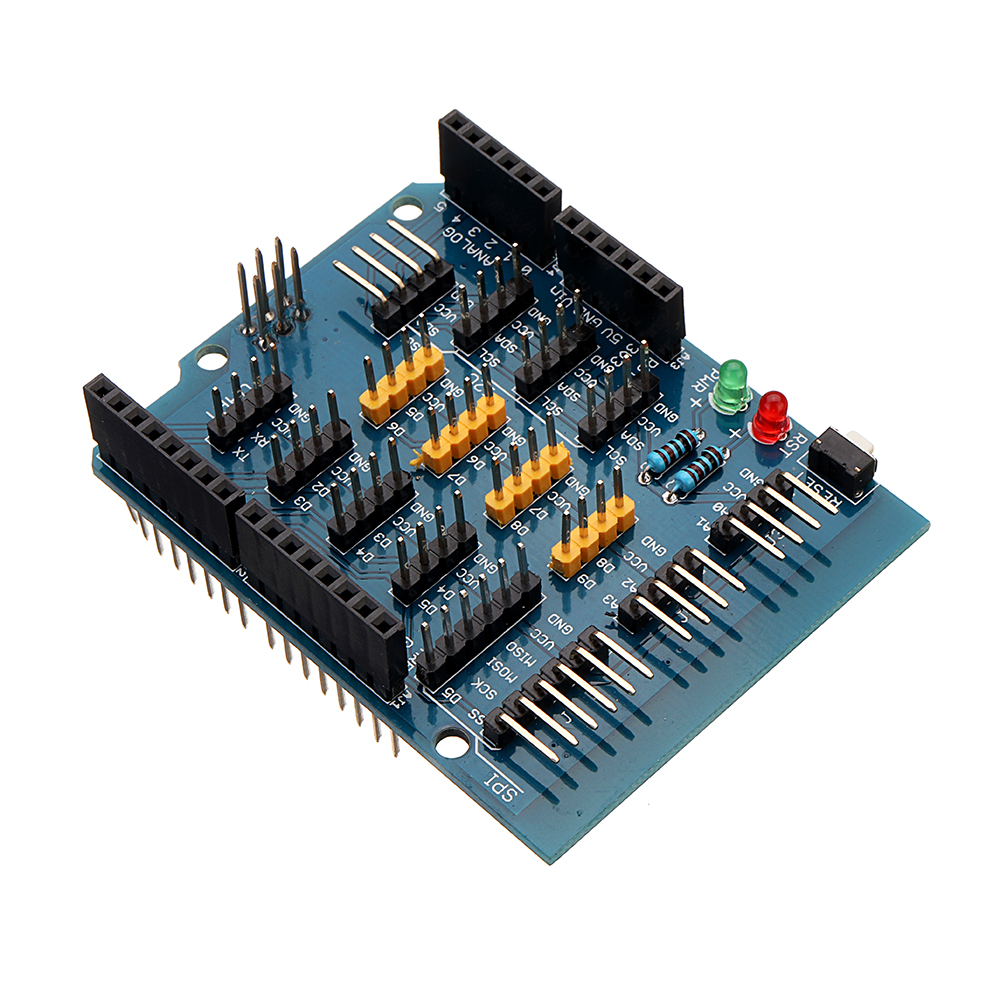Selecting the right open loop current sensor is crucial to ensure accurate and reliable current measurements in various applications. In this guide, we will discuss the key parameters to consider when choosing an open loop current sensor, including accuracy, bandwidth, response time, and cost.

1. Accuracy:The accuracy of a current sensor determines how closely it measures the actual current. Higher accuracy is generally desirable, especially in applications where precise measurements are critical, such as power monitoring or energy management systems. When selecting a sensor, consider the required accuracy level and choose a sensor with a suitable accuracy specification.
2. Bandwidth: The bandwidth of an open loop current sensor refers to the range of frequencies it can accurately measure. It is particularly important in applications where the current waveform contains high-frequency components. Ensure that the selected sensor has a sufficient bandwidth to capture the desired frequency range without distortion or signal loss.
3. Response Time:The response time of a current sensor defines how quickly it can detect and respond to changes in the current. Faster response times are crucial in applications where rapid current fluctuations occur, such as motor control or fault detection systems. Choose a sensor that offers a response time compatible with the application’s requirements.
4. Isolation: Isolation is an important consideration in open loop current sensing, especially in high voltage or safety-critical applications. Make sure the selected sensor provides adequate electrical isolation between the current-carrying conductor and the measurement circuitry to prevent any potential hazards or signal interference.
5. Voltage Drop: Open loop current sensors introduce a small voltage drop across the measurement circuitry due to their inherent resistance. Consider the voltage drop specifications of the sensor, especially in low-power or voltage-sensitive applications, to ensure that it does not affect the overall system performance.
6. Size and Mounting: The physical size and mounting options of the sensor are crucial, particularly when space is limited or when retrofitting into existing systems. Choose a sensor with suitable dimensions and mounting options that allow for easy integration into the application without causing any interference or constraints.
7. Environmental Conditions:Consider the environmental conditions in which the sensor will operate. Factors such as temperature range, humidity, and vibration resistance can affect the sensor’s performance and longevity. Ensure that the chosen sensor is suitable for the intended operating environment.
8. Cost:Cost is an inevitable consideration in any selection process. Evaluate the cost-effectiveness of the sensor, taking into account the required performance specifications and the budget limitations of the project. However, avoid compromising critical parameters for cost-saving purposes if accuracy and reliability are of utmost importance.
In conclusion, selecting the right open loop current sensor requires careful consideration of various parameters such as accuracy, bandwidth, response time, isolation, voltage drop, size, mounting, environmental conditions, and cost. By thoroughly assessing these factors, you can choose a sensor that best meets the specific requirements of your application, ensuring accurate and reliable current measurements.
 rongtech
rongtech






您好!Please sign in